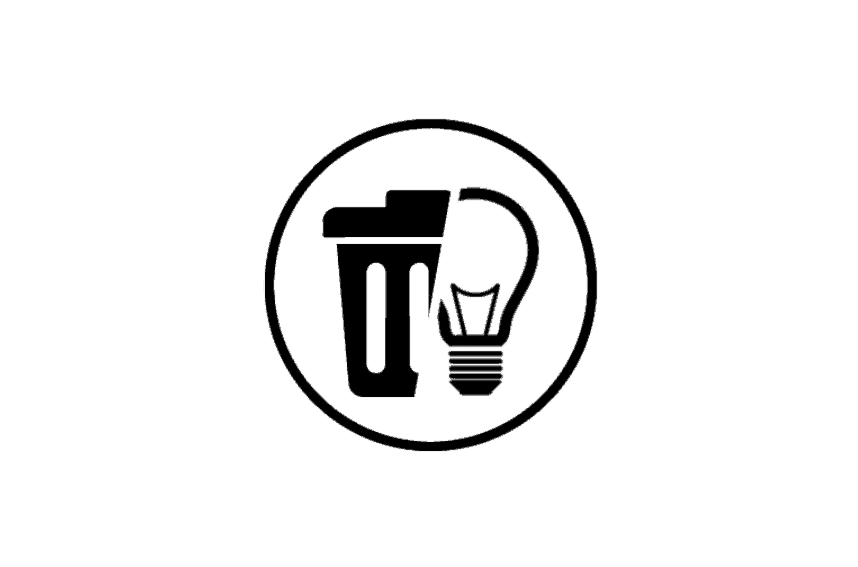Did you know? Every year, humans on this planet generate over 2.6 trillion tons of garbage – the weight of about 7,000 Empire State Buildings. In developed nations, such as the United States, approximately 55% of that ends up in landfills.
Obviously, this is a travesty which needs to be remedied. Thankfully, a semi-solution presently exists.
Countries like Sweden already convert garbage into energy using waste-to-energy plants (in fact, the nation ran out of trash in 2013) but there’s a shortage of other nations doing similar.
Hopefully, the idea of converting garbage into energy will soon catch on. At least by 2020, it will be a recognized ‘norm’ in the city of Shenzhen, China.
The city, reports Fast Company, intends to convert its abundance of waste into usable electricity by investing in the world’s largest waste-to-energy facility. Every day, 5,000 tons of garbage will be burned away.

While the process isn’t the most environmentally-friendly solution due to the amount of CO2 it releases, it will, at least, put a dent in the amount of garbage piling up in landfills around the world. When it is complete, the plant is expected to convert roughly a third of the city’s trash into useable electricity.
And, there’s plenty of necessity for the facility to be built in Shenzhen; last year, one of the landfills actually killed dozens of people when it unexpectedly collapsed.

Reportedly, the new incinerator is one of 300 waste-to-energy plants that the Chinese government plans on building over the next three years. However, the plants are less about generating electricity and more about finding a solution to the existing trash problem.
Said Chris Hardie from Schmidt Hammer Lassen Architects, the Denmark-based firm that won a competition to design the plant:
“Waste-to-energy plants are not an energy solution. They are a way of dealing with waste and using this process to generate electricity as a byproduct of the process. Cities have to move towards more recycling and reducing their waste for sure – and of course developing more sources of renewable energy. That is sort of the point we are making by proposing this be the first waste-to-energy plant that has a renewable component to it.”

The roof of the massive plant – which will stretch about 1.6 km long (1 mile) – will be topped with around 44,000 square meters of solar panels. This will help provide clean and sustainable electricity to the surrounding city.
In addition, members of the public will be invited to tour the facility and see it in action.
“The waste challenge is all about education – and experiencing the scale of the challenge is part of that education process,” says Hardie. “Think of it like smoking in the 1950s and 1960s – everyone smoked. It was only until a civilisation became educated on how much it was polluting our own bodies did we dramatically stop. Waste is similar. If you don’t realise the damage it is doing, why stop creating waste?”
Because waste-to-energy plants are not a long-term solution to the burgeoning crisis of garbage in landfills, one hopes China will also focus on how it might prevent similar build-ups in the future.
What are your thoughts? Please comment below and share this news!
This article (This Chinese City Is Building The World’s Largest Waste-To-Energy Facility) is free and open source. You have permission to republish this article under a Creative Commons license with attribution to the author and TrueActivist.com


